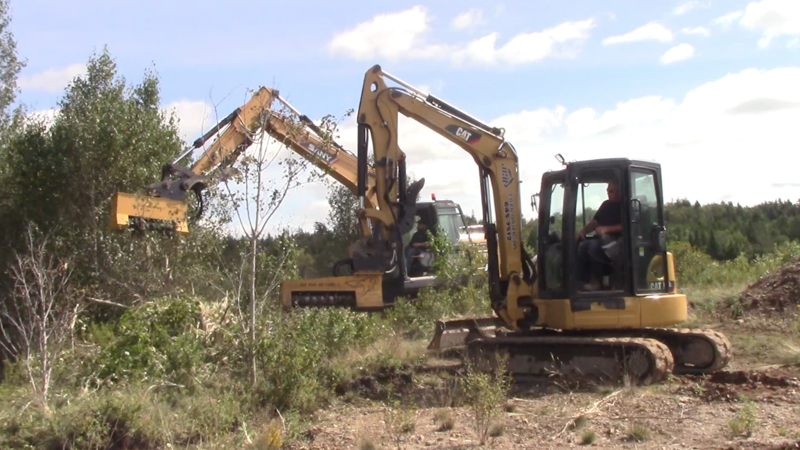By convention definition, a roller has a cylindrical cross section shape, a significant length and can be rotated about its central axis. Rollers can be used to move, flatten or spread things. Although using tree logs beneath large blocks of stone (to move the stone from “A” to “B”) was probably the precursor for the invention of the wheel, rollers should not be confused with wheels. Wheels do support a “body” in so much as they keep it off the ground and they do rotate but, their length/width is relatively small when compared to their diameter – also, wheels are usually attached to the body that they are both supporting and moving.
While there may be some overlap of the terms from time to time; rollers generally have length (as mentioned above) and are placed beneath the “body” that has to be supported off the ground and moved. The main difference being that the body moves from one roller to the next and the rollers stay where they were originally placed.
Although they will certainly need more than one; this is what someone wanting to Buy Support Roll will be looking for. In the times when large stone structures like England’s Stonehenge or the Egyptian Pyramids were being built; the stones would have been moved across country with just a few support rollers per stone – as one came out the rear, it would be rushed to the front end.
Support Rollers In Today’s Heavy Industry
When fabricating large steel structures on land, these could be moved around just like stone blocks in olden times but, these days, fabrication yards are more likely to use low friction sliding bearing technology. However, there are two main areas where rollers are in daily use:-
A. The metal producing, shaping and treating industries. (From furnaces and metal rolling mills to heat treatment plants).
B. Dry process cement or clinker plants and some coal pulverizers used in power plants.
For “A”, large billets of, often hot, metal have to be transported to or from nearby processing plant; this is often done by means of a “roadway” made up of rollers linking the start and finish points. For “B”, the process involves a very large and heavy rotating, inclined kiln; since the kiln has to rotate upon its supports, support rolls will be needed



